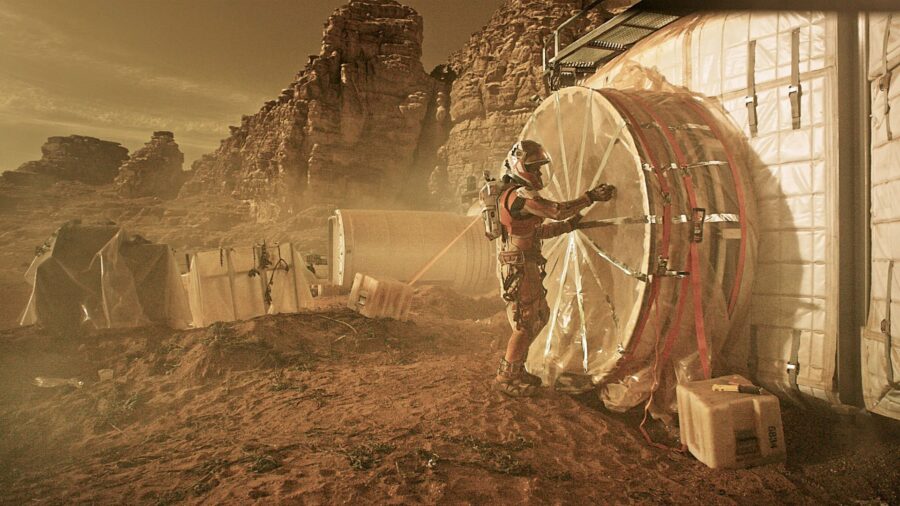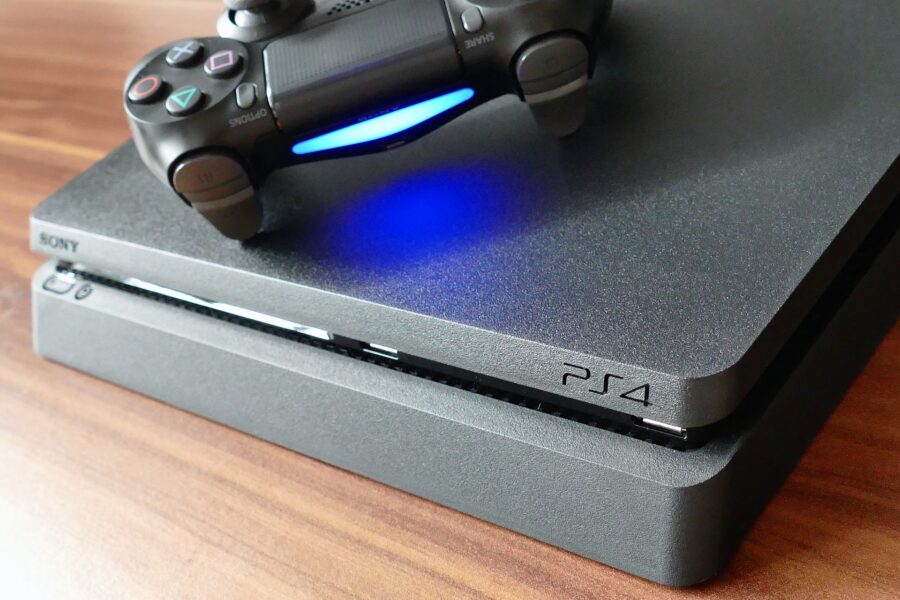NASA Has Made A Simulated Mars Habitat And It Includes The Best Video Game System And Best Board Game
NASA's simulated MArs habitat mission will include a PlayStation 4 and Settlers of Catan.

Being stuck on Mars for a year probably wouldn’t be the most fun use of time, but having a Playstation 4 Slim and Settlers of Catan might make it a little better. At least, that’s the theory that NASA will be testing with their new Dune Alpha simulation habitat. The 3-D-printed simulated Martian habitat is located in the NASA Johnson Space Center in Houston, where four volunteers will live for a year to test the viability of future missions (via Futurism).
The four volunteers will work and live in the Mars habitat in an effort to understand how spending a period of isolation on another planet might affect their physical and mental health. While the experiment will attempt to give us a baseline understanding, obviously being on the actual Martian surface will be a bit more arduous. The four volunteers likely won’t be bored though, as they have to exercise, grow their own food, conduct experiments, and even go on surface expeditions on simulated Martian terrain.
Their home away from home is equipped with the bare necessities for living and conducting research on Mars, along with some extras for relaxation and blowing off steam. The 1,700-square-foot habitat consists of four bedrooms, two bathrooms, workstations, a medical facility, a greenhouse, and an area for relaxation. That area will include a PS4 Slim, a SNES Mini, Monopoly, Spacefarers of Catan (a sci-fi-themed version of the classic), and several other board games.
While it’s nice these “Mars” inhabitants will get some video games, you’d think NASA could hook them up with a Playstation 5 (the shortage is over, after all) or something a little more modern. Or maybe that’s just part of making the experiment a little more “difficult” for the Dune Alpha residents. Hopefully, they’ll at least supply them with some good games.

As mentioned, the volunteers will also get to go outside during their stay, but it will be a very different kind of outside. To simulate the surface of Mars, there will be an airlock that leads to the “planet’s surface,” which is actually just located in the massive hangar where the rest of the habitat is built. The volunteers will be suspended using straps to simulate Martian gravity and walk on a treadmill when they’re outside collecting samples and gathering data for their mission.
Presumably, one of the most difficult aspects of this mission will be managing resources. Along with monitoring the physical and mental health of the inhabitants, this experiment will help gather data on how well food and other resources can be spread out during long missions. Since there is only a certain amount of supplies and materials you can send to Mars, inhabitants must be savvy with what they have.
If the inhabitants of the Dune Alpha habitat run out of food and resources, it obviously wouldn’t be a big deal. However, it would be a much different story if you were actually living on Mars and were unable to get more food. The last thing NASA wants is a bunch of starving astronauts who probably already hate one of their co-workers because they cheat at Monopoly.












